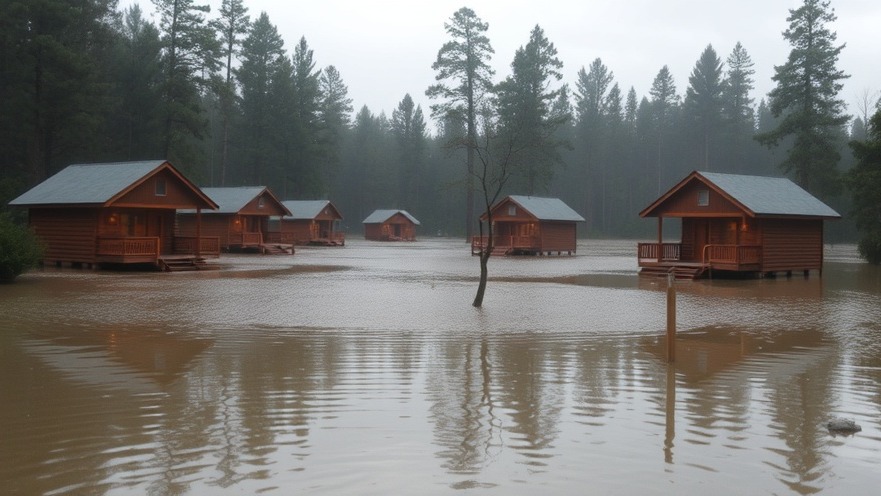
Background on Flood Safety and Youth Camps
The recent floods in Kerr County have sparked a heated debate over youth camp safety regulations in Texas. The tragic events of July 4, when flooding resulted in the deaths of 27 campers at Camp Mystic, have prioritised floodplain safety and regulatory scrutiny. As a result, House Bill 1 and Senate Bill 1 have been proposed, carrying hefty implications for youth camps. These bills would prevent state licensing for camps if cabins are positioned within floodplain areas. The prospect of such regulations has left camp owners—particularly those of Camp Waldemar, Vista Camps, and Camp Stewart—seeking dialogue with Texas lieutenant governor Dan Patrick to mitigate the financial burdens they may face.
Raising Voices: Camp Owners Speak Up
In a letter addressed to Dan Patrick, camp owners articulated their concerns over the strictness of the proposed regulations. They are not only searching for clarity on the positions of their cabins but are also requesting meaningful financial assistance for rebuilding—if such sweeping legislation is enforced. “The combination of devastating floods and the heavy financial burden proposed under new state regulations presents an impossible challenge,” their letter stated. This highlights a poignant tension in the ongoing discussions: whilst the safety of children is paramount, the financial repercussions for camps, families, and local communities cannot be ignored.
The Legislative Response: Safety vs. Regulation
State senator Charles Perry, who authored one of the legislative measures, has been clear about the government's stance: safety bills will not come with governmental financial support for private enterprises like youth camps. This response has drawn ire and concern, particularly from those directly affected by the floods. Families of victims have been vocal proponents for tighter regulations because nothing could adequately compensate for the tragic loss incurred. They argue that prioritizing children’s safety is not simply a matter of safety equipment but also operational regulations that need to uphold standards that prevent potential disasters.
Community Impact and Emotional Toll
The emotional aftermath of the July 4 flood plaque is evident, with the loss of young lives casting shadows over all attempts to maintain operational youth camps. “We all want our children to be safe,” one parent remarked during a Senate committee meeting. The ownership and management committees of the camps have expressed the need to find a balance between environmental safety and operational viability. Many families in Kerr County rely on these camps not just for summertime recreation, but also as a community infrastructure supporting local youth development.
Future Perspectives: What Lies Ahead
As these discussions evolve, it is essential to keep an eye on the outcomes of public hearings and legislative actions. Floodplain safety regulations may undergo modifications, especially under the encouragement of lobby groups supporting youth camp safety. Furthermore, legislators might be swayed by public opinion and as families continue to vocalize their sentiments in the wake of the flood. Will this lead to broader regulations that support both safety and financial feasibility for youth camps?
The battle regarding camp regulations is ongoing and underscores larger issues of sustainability and disaster response in Texas. How local communities balance safety with economic viability will have repercussions not only for camp operations but potentially for youth programs across the state. Whatever the outcome, the voices of camp owners and families will undoubtedly shape Texas’s approach to floodplain regulations moving forward.
Call to Action
Engagement from community members is crucial as these bills move through the legislature. If you feel strongly about this issue, consider reaching out to your local representatives to express your opinions on how youth camp safety should be handled in a way that prioritizes children while considering the financial realities of camp owners. Staying informed and involved will ensure that future regulations balance safety with community viability.
 Add Element
Add Element  Add Row
Add Row 



Write A Comment